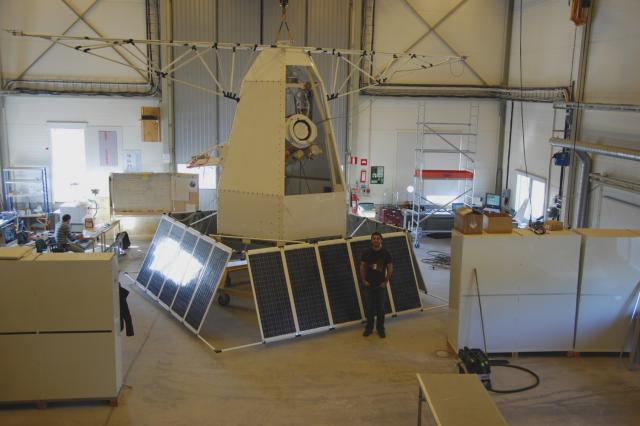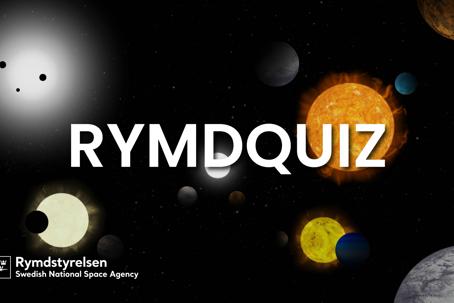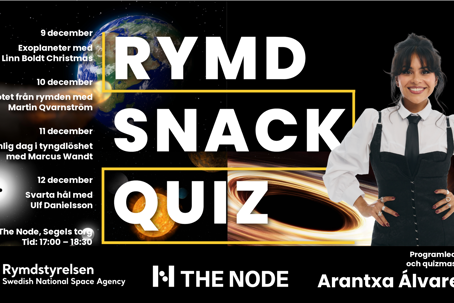
Greetings from Esrange. Last night we witnessed the spectacular launch of HiWind - an instrument which will study the upper atmosphere during a 5 day long balloon flight to Canada. This has whetted our appetite for the launch of PoGOLite in a couple of weeks. Today was an important step forward in the construction of our payload since the solar cell ‘skirt‘ was added allowing the full size of PoGOLite to be appreciated. Exciting times!
I promised to write a little more about the science behind PoGOLite . The PoGOLite telescope can study the high energy light (known as X-rays) emitted by heavenly bodies. We are particularly interested in neutron stars. A neutron star is formed when a star of a certain size has expended all its fuel and collapses in on itself releasing huge amounts of energy in a so-called supernova explosion. The conditions during the collapse are so extreme that the atoms in the star are pressed together converting protons and electrons into neutrons. A neutron star is very small, only 15 km in diameter, but weighs an astonishing one and a half times as much as the Sun. A teaspoon of neutron star material would weigh a billion tonnes! A neutron star which rotates is called a pulsar. A pulsar in the constellation of Taurus called ‘The Crab’ rotates 30 times a second and sends out flashes of X-rays, like a cosmic lighthouse. The supernova explosion which gave rise to the Crab was recorded by Chinese and Arab astronomers in year 1054. We plan to intercept Crab X-rays with PoGOLite and measure their polarisation in order to learn more about how X-rays are produced in the pulsar. X-rays are a form of electromagnetic radiation, just like visible light or radio waves. The polarisation of a wave describes how the oscillation of the wave is oriented with respect to the wave’s motion. Now that it’s summer, check your sunglasses - they may be polarised. If you’re near water on a sunny day you’ll notice a glare on the water as sunlight is reflected towards your eyes. You can remove much of this glare by putting on your polarised sunglasses. This is because the reflected light waves become polarised as they ‘bounce off’ the surface of the water and your sunglasses are designed to block these polarised waves. In a similar fashion X-rays can become polarised as they leave a pulsar.
In the next update I’ll introduce some of the other members of the PoGOLite team and let you know how things are going as the launch date draws closer.
/Mark
Bild 1
Caption: PoGOLite fully assembled in the ‘Cathedral’ building at Esrange.
Credit: M. Pearce
Bild 2
Caption: How polarised sunglasses work.
Credit: http://www.sunglasstent.com/images/PolarizedSunglassesDiagram.gif
Vill du veta mer om Mark Pearce, här hitter du hans presentation.





